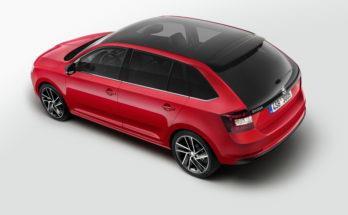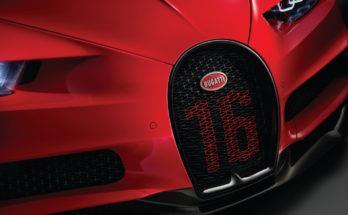The city car from Korea is a fairly common type of car today. Kia has the Picanto , the Chevrolet Spark and the Hyundai i10 . The latter comes in a new generation , which wants to get to the front of the peloton not only of Korean, but also of world city cars.
And it has the best prerequisites for this, especially thanks to the overall increase in bodywork . The new i10 between generations stretched by 80 mm, widened by 65 mm and reduced by 40 mm. The result is dimensions of 3665x1660x1500 mm. The trunk can hold a new 252 liters in the base and 1046 liters after folding the seats, which are great values for a mini car. Front passengers will be able to enjoy an extra 40 mm in the knee area and an extra 16 mm in the shoulder area.
High- strength steel was used on the body of the small Hyundai, thanks to which the torsional stiffness increased by 27%. The carmaker also boasts a lower level of noise and vibrations that penetrate the cabin. At idle, noise of 38 dB flows into the cabin, on the highway this value increases to 65 dB. The design is the responsibility of the brand's European design center located in Rüsselsheim, Germany.
Under the hood we will see a pair of gasoline engines belonging to the Kappa family , which will be available with a five-speed manual or a four-speed automatic. The weaker liter three-cylinder has an output of 66 hp at 5,500 rpm and a torque of 94 Nm, available from 3,500 rpm. The dynamics are not dizzying – acceleration to 100 km/h in 14.9 s and a maximum speed of 155 km/h, but it is enough for the city. The role of a more powerful engine is represented by a four-cylinder 1.25 with an output of 87 hp at 6000 rpm with a maximum torque of 120 Nm, which is available from 4000 rpm. The dynamics of the four-cylinder is at a better level – acceleration to 100 km/h in 12.3 s and a maximum speed of 171 km/h. As an alternative, Hyundai has prepared a three-liter three-cylinder in LPG modification with an output of 67 hp at 6,200 rpm and a torque of 90 Nm from 4,500 rpm.
The basic equipment should include six airbags , central locking and signaling of unfastened belts. In addition to these elements, Hyundai will offer cruise control, heated leather steering wheel and seats, LED diodes for daytime running lights, start-stop system, automatic air conditioning or hill start assistant as part of the extra equipment. It will be possible to choose from eight body paints, four types of interior fabric upholstery and 13- to 15-inch wheels.
Source: Hyundai



